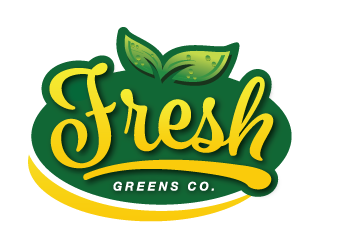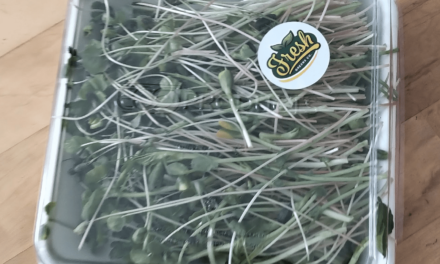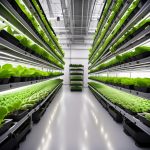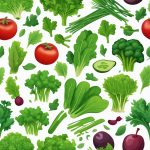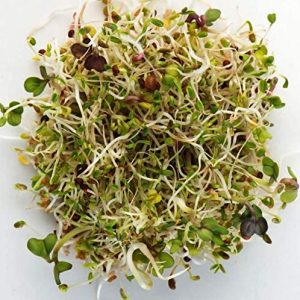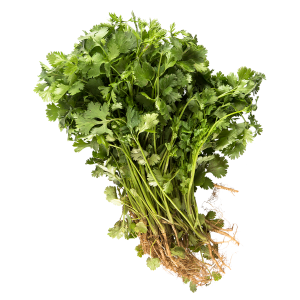In the heart of bustling cities, amidst the concrete jungles and high-rise buildings, a green revolution is taking root. As urban populations continue to grow, the demand for fresh, local produce is increasing. Traditional farming, with its dependency on vast tracts of land, is often not feasible in these densely populated areas. Enter hydroponics and vertical farming – innovative agricultural practices that might just be the future of urban food production.
What is Hydroponics?
Hydroponics is a method of growing plants without soil. Instead, plants are grown in a nutrient-rich water solution. This method allows plants to receive their essential nutrients directly from the water, eliminating the need for soil as a nutrient source.
There are several types of hydroponic systems, including nutrient film technique (NFT), deep water culture (DWC), and aeroponics. Each system varies in its approach but operates on the fundamental principle of delivering nutrients directly to plant roots through water.
Vertical Farming: Taking Agriculture to New Heights
 Vertical farming, as the name suggests, involves growing crops in vertically stacked layers. It often incorporates controlled-environment agriculture (CEA) techniques, ensuring optimal plant growth conditions. When combined with hydroponics, vertical farming can produce crops year-round, independent of external weather conditions.
Vertical farming, as the name suggests, involves growing crops in vertically stacked layers. It often incorporates controlled-environment agriculture (CEA) techniques, ensuring optimal plant growth conditions. When combined with hydroponics, vertical farming can produce crops year-round, independent of external weather conditions.
Benefits of Hydroponics and Vertical Farming in Urban Settings
- Space Efficiency: One of the most significant advantages of vertical farming is its space-saving design. Traditional farming requires vast land areas, which are scarce in urban settings. Vertical farms, on the other hand, can be integrated into existing structures like skyscrapers, abandoned buildings, or even underground spaces.
- Reduced Water Usage: Hydroponic systems use up to 90% less water than traditional soil farming. The closed-loop systems recycle water, leading to significant conservation.
- Elimination of Pesticides: Since these controlled environments can be kept free from pests, there’s often no need for pesticides. This results in healthier, organic produce.
- Year-round Production: Unlike traditional farming, which is often seasonal, vertical farms can produce crops throughout the year. This constant production can meet the high demands of urban populations.
- Reduced Transportation Emissions: Growing food in urban centers reduces the need to transport produce from rural farms, cutting down on transportation costs and associated emissions.
- Optimized Growth Conditions: Controlled environments mean that factors like light, humidity, and temperature can be optimized for plant growth, leading to faster crop cycles.
Challenges and Considerations
While hydroponics and vertical farming offer numerous benefits, they are not without challenges:
- High Initial Costs: Setting up hydroponic systems and vertical farms requires a significant initial investment in infrastructure, technology, and training.
- Energy Consumption: These farming methods rely heavily on artificial lighting, especially in the absence of natural sunlight, leading to high energy consumption.
- Technical Expertise: Managing these systems requires knowledge and expertise, especially when it comes to maintaining the right nutrient levels or troubleshooting issues.
- Limited Crop Variety: While fresh greens and certain vegetables thrive in these systems, not all crops are suitable for hydroponic or vertical farming.
Real-world Implementations
Several cities worldwide are already embracing hydroponics and vertical farming:
- In Tokyo, the Pasona O2 project transformed an abandoned bank vault into an underground urban farm, growing over 100 different species of plants.
- Newark, New Jersey, houses one of the world’s largest indoor vertical farms, AeroFarms, which produces 2 million pounds of greens annually without sunlight or soil.
- Singapore, with its limited land, has multiple vertical farms, including Sky Greens, which produces fresh vegetables for local supermarkets.
The Future of Fresh Greens in Urban Settings
As urbanization continues to rise, the need for sustainable, local food sources will become even more critical. Hydroponics and vertical farming offer a promising solution to this challenge.
In the future, we might see:
- Integration with Smart Cities: As cities become smarter, vertical farms could be integrated with urban infrastructure, using IoT devices to monitor and optimize growth conditions.
- Community-based Vertical Farms: Urban communities could have their vertical farms, fostering community involvement and ensuring fresh produce accessibility.
- Advancements in Technology: As technology evolves, we might see innovations like AI-driven farm management, energy-efficient LED lights, and even the integration of aquaponics (combining fish farming with plant cultivation).
Hydroponics and vertical farming are not just agricultural fads; they represent a shift in how we think about food production in urban environments. While challenges exist, the potential benefits – from sustainability to health – make these farming methods an exciting frontier in urban agriculture. As cities continue to grow, it’s innovations like these that will ensure residents have access to fresh, local, and sustainable produce.
